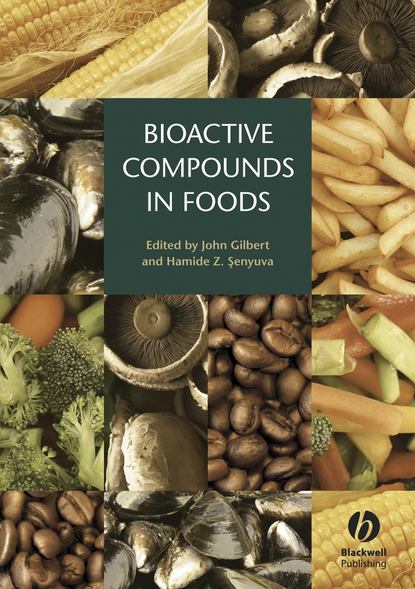Книга "Биоактивные соединения в продуктах питания" впервые рассматривает вредные и полезные свойства несущественных, биоактивных веществ, которые могут присутствовать в пищевых продуктах в трудно контролируемых количествах. Каждая глава книги - это комплексный обзор научных исследований, посвященных механизмам образования, оценке рисков и развитию аналитических методов, связанных с различными видами контаминантов, включая пирролизидиновые алкалоиды, глюкозинолаты, фикотоксины и микотоксины. Книга также охватывает новые виды процессных загрязнителей, такие как акриламид и фураны. Книга представляет собой практическое руководство для специалистов в области токсикологии, гигиены, государственных чиновников, аналитиков и химиков пищевой промышленности, а также будет полезна для аспирантов, интересующихся этой темой.
This book encompasses toxic compounds and those created due to processing. These compounds are not absolutely necessary for a person's life, but rather, they possess both beneficial and detrimental properties and may show up within a diet. Experts in this field are provided with a thorough description of various toxins, their mechanisms of creation, the processes of exposure and risk assessment, as well as various analytical methods associated with them. Among the toxic compounds covered are pyrrolizable alkaloids, saponins, phycotoxic microorganisms, and numerous others. Another novel addition is acrylamic acid and furant, which haven't received significant attention but have significantly increased publications rates recently. Those who frequently deal with the analysis of toxicant and process components will definitely enjoy this publication as it is provided in far greater detail than typical resources.
Электронная Книга «Bioactive Compounds in Foods - Gilbert John» написана автором Gilbert John в году.
Минимальный возраст читателя: 0
Язык: Английский
ISBN: 9781444302295
Описание книги от Gilbert John
Inherent toxicants and processing contaminants are both non-essential, bioactive substances whose levels in foods can be difficult to control. This volume covers both types of compound for the first time, examining their beneficial as well as their undesirable effects in the human diet. Chapters have been written as individually comprehensive reviews, and topics have been selected to illustrate recent scientific advances in understanding of the occurrence and mechanism of formation, exposure/risk assessment and developments in the underpinning analytical methodology. A wide range of contaminants are examined in detail, including pyrrolizidine alkaloids, glucosinolates, phycotoxins, and mycotoxins. Several process contaminants (eg acrylamide and furan), which are relatively new but which have a rapidly growing literature, are also covered. The book provides a practical reference for a wide range of experts: specialist toxicologists (chemists and food chemists), hygienists, government officials and anyone who needs to be aware of the main issues concerning toxicants and process contaminants in food. It will also be a valuable introduction to the subject for post-graduate students.



















